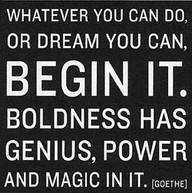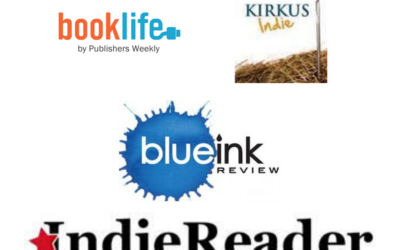The Northwest Independent Editors Guild has defined four types of book editing.
1. Developmental Editing
Any or all of the following:
a.) working with a writer to develop a manuscript from initial concept, outline,
or draft (or combination of the three) through subsequent drafts
b.) making suggestions about content, organization, and presentation,
based on analysis of competing works, comments of expert reviewers, market analysis, and other appropriate references
c.) rewriting, writing, and researching, as needed, and sometimes suggesting topics or providing information about topics.
2. Substantive Editing
Improving a manuscript in any of the following ways:
a.) identifying and solving problems of overall clarity or accuracy reorganizing paragraphs, sections or chapters to improve the order in which the text is presented
b.) writing or rewriting segments of text to improve readability and flow of information
c.) revising any or all aspects of the text to improve its presentation
d.) incorporating responses to queries and suggestions creating a new draft of the document.
3. Copy or Line Editing
Any or all of the following:
a.) correcting spelling, grammar, punctuation, syntax, and word usage while preserving the meaning and voice of the original text
b.) checking for or imposing a consistent style and format
c.) preparing a style sheet to document style and format
d.) reading for overall clarity and sense on behalf of the prospective audience
e.) querying the appropriate party about apparent errors or inconsistencies
f.) noting permissions needed to publish copyrighted material
g.) preparing a manuscript for the next stage of the publication process
h.) cross-checking references, art, figures, tables, equations, and other features for consistency with their mentions in the text.
4. Proofreading
Comparing the latest stage of text with the preceding stage, marking discrepancies in text, and, when appropriate, checking for problems in page makeup, layout, color separation, or type.
Proofreading may also include one or more of the following:
a.) checking proof against typesetting specifications
b.) querying or correcting errors or inconsistencies that may have escaped an editor or writer
c.) reading for typographical errors or for sense without reading against copy.






Stephanie, I think my editor of over ten years does all of the above. Sandi wears many hats well (sandi@writefriend.com) and is almost like my writing partner. She makes me look good.
Betty-A great editor like Sandi knows all this stuff and can do it all. You are very fortunate to have a relationship with such a professional.
Two, three and four. I also sent the manuscript of both books out to beta readers, with a particular focus on having a few Texans read it to make sure it rang true and didn’t stray into Texana caricature.
The list above was interesting to read while in the heat of battle. I’ve learned to consult with subject experts as I work on a new project. For my upcoming book “Amarillo Flights,” those experts were also selected as my peer reviewers, at the manuscript stage, by the publisher, which is a university press. The “peer reviewers” are the highest quality folks in the area, and excellent writers themselves. The process, from prospectus through faculty advisory committee review, peer reviews, then working with a professional copy editor are all stringent and demand quality. Now, as I review page proofs, I can see the finish line! What a marathon. I want to spend more time at the development stage for the next one. Research a bunch and get input before I leave the ground so to speak—although in my case, literally! Well, back to the page proofs. Your moderation of the panel with Griff Smith and me at TXBookFest was the best! I loved your thoughtful questions.